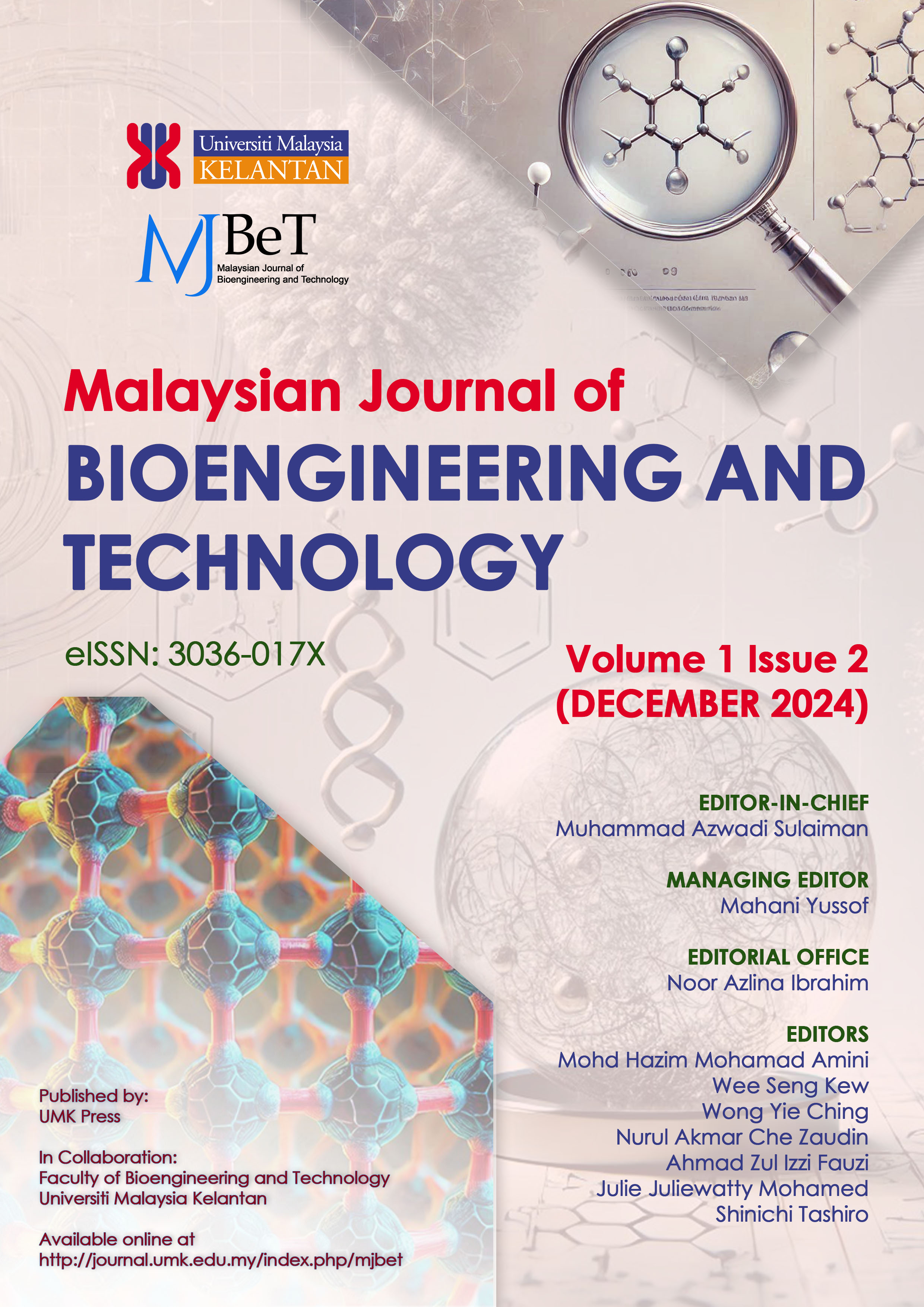Advances in Biohydrogen Production: Techniques, Challenges, and Future Prospects
DOI:
https://doi.org/10.70464/mjbet.v1i2.1463Keywords:
Biohydrogen, Dark Fermentation, Photo fermentation, Microbial Electrolysis Cells, Sustainable EnergyAbstract
Progressing to sustainable and renewable energy sources is essential for addressing climate change and reducing reliance on fossil fuels. Biohydrogen production, which is the production of hydrogen via biological processes, can be one solution since it provides high-value energy and environmental benefits. This review aims to provide summary information about the three basic strategies involved in biohydrogen production: dark fermentation, photo fermentation, and microbial electrolysis cells (MECs). Dark fermentation is the fermentative conversion of organic matter via anaerobic microbes into hydrogen and other products. While this approach is simple and could work with diverse waste substrates, scalability is limited due to low hydrogen yields and the need for substrate pretreatment. Photosynthetic bacteria employ light to transform organic substrates into hydrogen. Photosynthetic bacteria use light to convert organic substrates into hydrogen, indicating that this process could complement dark fermentation. However, its dependence on light and low efficiency present significant challenges. Microbial electrosynthesis (MEC) converts hydrogen into energy by reducing it from carbon dioxide and using electroactive bacterium combined with an external voltage to produce gas from organic matter that is well-aligned but complex with wastewater treatment while also facing costs that make them highly operational. These technologies are likely to see improvements in genetic engineering, new designs for reactors, and the use of them with other industrial processes to improve productivity and profitability. Ongoing research and development are essential to realize large-scale, practical methods for biohydrogen production. This review covers the potential of biosynthetic and anaerobic approaches in this field.


